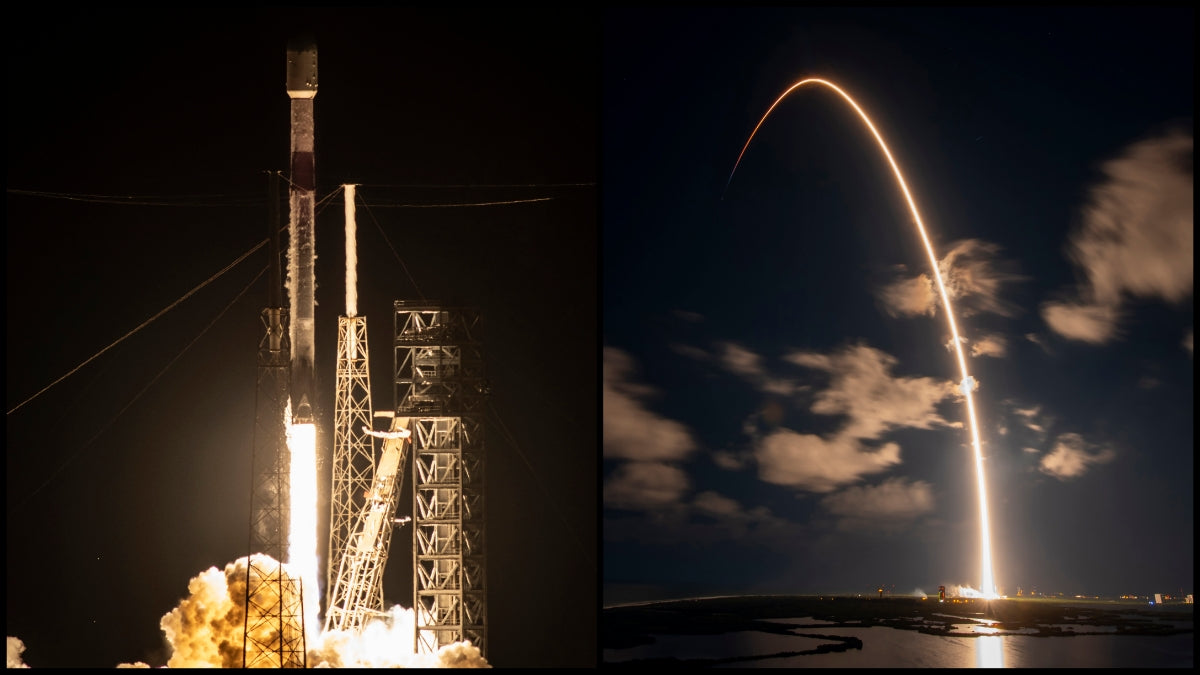Image: San Luis Obispo
Tesla Megapack is benefiting a California utility. The battery is installed at the San Luis Obispo (SLO) water treatment plant to ensure its sustainability.
The City of San Luis Obispo's Public Utilities Department is leading by example in its efforts to combat climate change. The department successfully installed a Tesla battery storage system at a water treatment plant to ensure sustainability and energy efficiency. This move shows SLO's commitment to its goal of combating climate change while also benefiting its community.
“The installation of the Tesla battery system at our water treatment plant is a testament to our city’s commitment to sustainability, innovation, and resilience. “I’m proud of the work our team has done to make this vision a reality,” said City Utilities Director Aaron Floyd. “This project not only exemplifies the positive impact of grant-funded initiatives but also demonstrates our dedication to providing clean, reliable, and cost-effective services to our community. It’s a win-win for both our residents and the environment.”
Tesla's battery has a capacity of 644 kilowatt-hours (kWh). It was reported that it was easily added to the operation of the water treatment plant. Thanks to grant funding, the project does not require additional costs. Over the years, the city has upgraded and replaced equipment at the water treatment plant to improve its resiliency while reducing energy consumption. The project involving the Tesla Megapack began last year in collaboration with PG&E's Self-Generation Incentive Program. It will allow the plant to shift energy use from the PG&E grid to the battery without interrupting operations.
Three key benefits of the Tesla battery system:
- Smoothing peak energy demand: The water treatment plant relies heavily on energy during equipment start-up and peak operational periods, which can strain the power grid and escalate electrical costs. The Tesla battery system will shift energy demand to the battery during these high-demand periods, effectively reducing spikes in energy consumption and relieving pressure on the PG&E power grid.
- Optimizing energy use: The Tesla battery can be charged during periods when electricity is cheapest, most abundant, and provided from clean sources such as solar and wind. Once charged during off-peak hours, the battery can be programmed to power operations during peak energy demand periods when power is expensive, the power grid is stressed, and the grid is more reliant on energy from less sustainable sources.
- Enhancing resilience: When charged, the Tesla battery will be utilized to power the water treatment plant if there is a scheduled or unscheduled loss in PG&E power to the facility. Seamless transition from PG&E power to battery power is important, as it will ensure continuous operation of the facility while reducing the use of the onsite backup diesel generator (further reducing greenhouse gas emissions). The Tesla battery pack is estimated to be capable of operating the entire water treatment plant and the city’s largest water pump station for up to seven hours.
© 2023, Eva Fox | Tesmanian. All rights reserved.
_____________________________
We appreciate your readership! Please share your thoughts in the comment section below.
Article edited by @SmokeyShorts; follow him on Twitter









